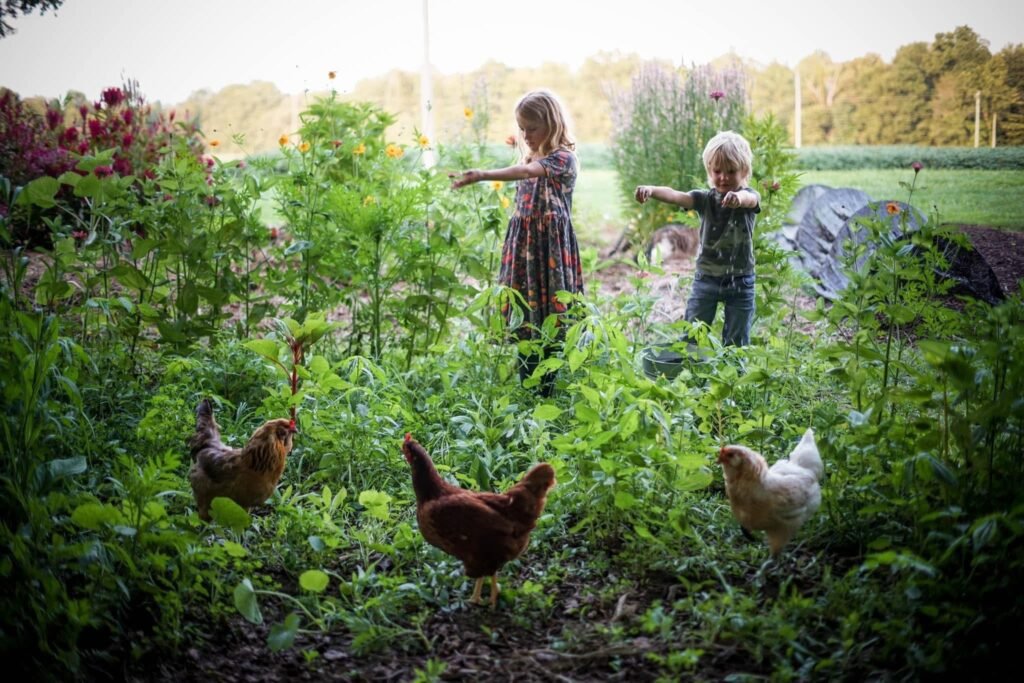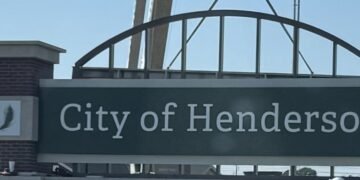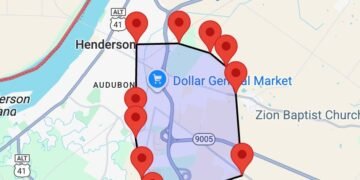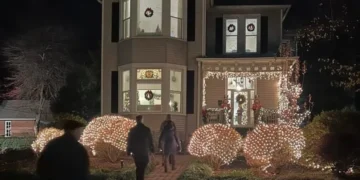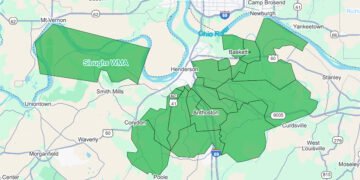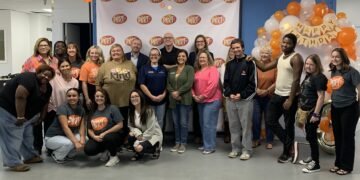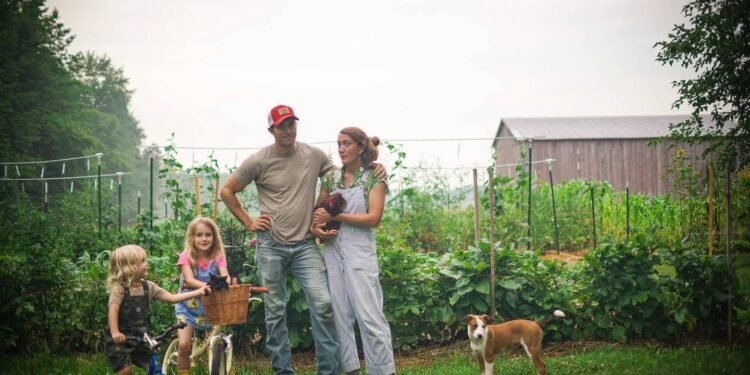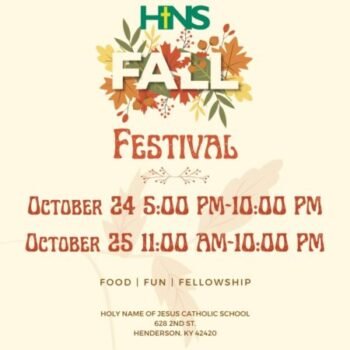(This article first appeared in the June print edition of the Hendersonian and is a part of our Hoem Grown series that highlights different vendors at the Henderson Farmers Market.)
The lettuces and root vegetables growing in Mandy and Danny Glaser’s “hoop house” at Rain R’ Shine Farm were the best they’d ever looked as they prepared for this year’s spring season at Henderson Farmers Market.
The regenerative farming practices the Glasers have been using since they first started working the land in the Green River bottoms near Spottsville seven years ago were paying off with lush leaves and vibrant vegetables as their soil grew richer and more productive.
But then the river started rising.
And rising.
And rising, until their farm was inundated for the first time in their experience.
They’d seen high backwater before, and had their road access cut off four or five times (which meant using waders or a boat to get to vehicle parked on the other side), but it was nothing like this.
“It was like we had a houseboat in the middle of a lake,” Mandy said, noting that at the peak of the flood Danny went fishing in the front yard. “The water… was up to my waist. The back fields were much deeper. It was more water than we’d ever seen here.”
In addition to their farming operation, Texas native Danny is a firefighter with the city of Henderson so he reported for his work shifts, which involved boating from the house to their vehicle parked about a mile away along U.S. 60.
But even with all that, the flooding did not catch them off guard.
“We had everything we needed,” Mandy said, noting that neighbors who’d been through it before gave them good advice about how to prepare. The neighborhood “phone chain” was busy.
A friend loaned them a trolling motor and they outfitted a boat. They gathered life jackets.
They stocked the pantry, moved everything as high as they could and got their 10-year-old daughter Rosie and 6-year-old son Harlan settled into a safer environment with their grandmother in eastern Kentucky where Mandy grew up.
Then she turned her attention to gathering wooden pallets to construct an elevated platform to give their 70-plus chickens and guineas a safety zone above the water.
They needed it.
Their farmhouse located on a bit of a rise off Peters Road was built four years before the historic 1937 flood, which they’ve been told was the only time floodwater got into the interior.
This time, an “island” that their house was on got smaller and smaller until there was “no dry land” and water under the house.
But at least it didn’t get inside.
What they lost in addition to their crop of greens and root vegetables was the topsoil they’d worked so hard to nurture with regenerative practices, fertilizer, mulch, blueberry bushes and about 100 feet of dahlias that Mandy had cultivated for about five years. (Cut flowers are another product of their farm).
They don’t think they lost any of the chickens, though it’s hard to tell with so many.
“The ducks had the time of their life,” Danny said, adding that they even made friends with a wild duck briefly.
The whole experience was a little surreal.
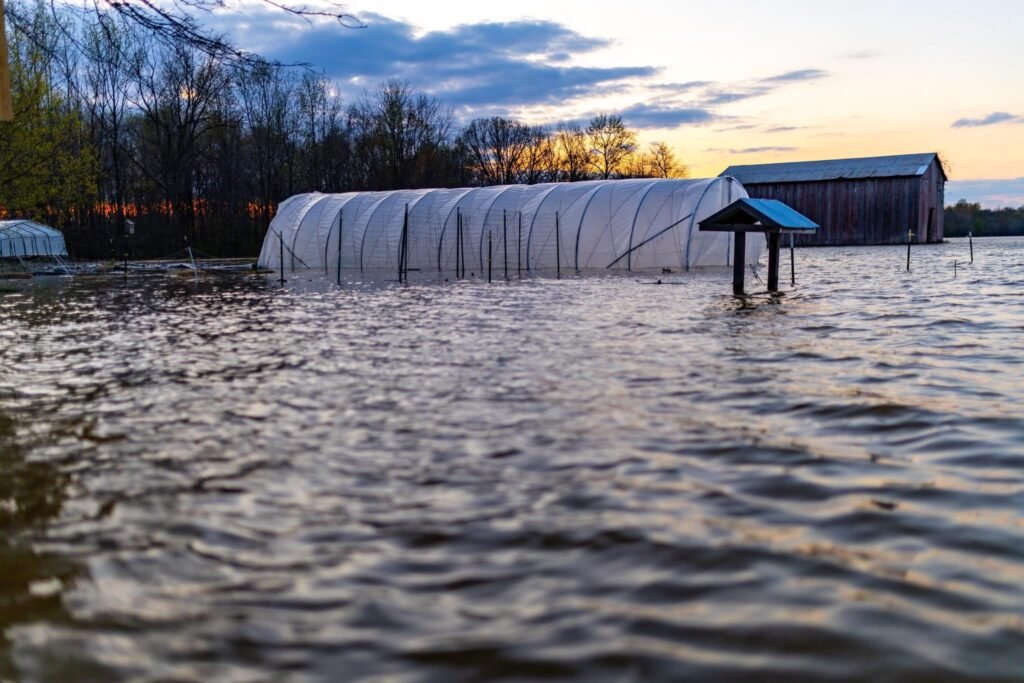
“Once I accepted that we wouldn’t be going to spring market I knew that it’ll be okay,” Mandy said. Then the artist in her came out.
“It was peaceful and it was beautiful,” she said.
“Our loss was minimal,” Danny added, noting that many of their neighbors lost their homes. Theirs is mainly the frustration of redoing work they’d already done.
“You realize what’s important and not important,” he said. “You count your blessings.”
What they’re not counting as a blessing was the 8 inches of corn stalks, trash and other debris that coated their farm after the water receded. About 50 wheelbarrow loads have been removed so far, while they have been simultaneously amending the remaining soil and replanting.
“We use the weather to dictate what we work on,” Danny said.
They expect to be finished by June 1 and to eventually have all the items they usually have at the market, just later in the calendar this year.
“We’re hopeful,” Mandy said. “I think we’ll have a good year. It might even be better.”
In a normal market season they produce several varieties of lettuce and other leafy vegetables, root crops (including carrots, radishes and beets) and many common garden vegetables, such as heirloom tomatoes, squash and peppers. They raise chickens, and produce eggs for sale, and grow flowers that are offered both fresh and in dried arrangements.
The Glasers met in graduate school at the Savannah School of Art and Design.
Mandy’s value-added skills are as a photographer, artist and author. She’s written and illustrated children’s books, produces greeting cards and does family photo shoots and special events. Danny is a trained videographer.
They offer flowers and photos/videos for weddings as well as “Photos on the Farm” events.
They said they have been offered a lot of help after the flood.
“Mandy and I have a problem accepting help,” Danny said. “We are able bodied and feel like the help needed to go elsewhere.”
They also optimistically consider this setback to be an opportunity to reset and evaluate their operation, and possibly make changes.
Regardless, they know there’s a lot of benefit in their lifestyle, particularly in the raising of their two children, who are home-schooled.
“The kids learn how food is grown and where it comes from,” Danny said.
Mandy added that their outdoor lessons are centered on science, math and reading, and they learn about money and business through their time at the farm market.
“The Farmers Market is great for the kids,” she said, adding that the market has been a community for them all.
They said their family lives and works outside from dawn to dusk, especially in the summertime. There’s still time for off-the-farm activities, but little time for electronic devices or television.
“It’s a way of life,” Mandy said, and something they hope smooths back out for them following a rough start to 2025.
“You just have to have faith,” she said.
